I just got this amazing book, Bitter Almonds: Recollections and Recipes from a Sicilian Girlhood, by Mary Taylor Simeti and Maria Grammatico. Mary Taylor writes the biography of Maria Grammatico, a long-time friend and now the successful owner of an acclaimed pasticceria in Erice, Sicily.
Things didn’t look that bright for the young Maria. Left in a cloistered orphanage in Sicily in the 1950’s, she didn’t receive much formal education and her prospects were dim. She was put to work immediately in the kitchen, where she learned to prepare delicious almond treats: pastries, biscotti, tarts, cakes and jams. She finally left at age 22 with almost nothing beyond her specialized culinary education. Fortunately, people adore sweets.
The book is the result of the friendship that developed between Simeti and Grammatico once the later had become more established. Doesn’t it sound like a cool book? Simeti herself has an incredible story to tell. Read more here.
I ordered the book second hand from Amazon. When it arrived I randomly opened it and found on page 216 this recipe: Torta Paradiso. A decadent cake made with a sponge cake base, called Pan di Spagna, almond paste topping, soaked in a rum flavored syrup and apricot jam. Yumm!
I was especially drawn to the idea because of the sponge. Pan di Spagna, the naughty and delicious cake originally from the Iberian Peninsula, has traveled widely abroad. It has other names depending on the country that you happen to visit. Here’re some:
Portugal: Pão de Castela
Brazil: Pão-de-ló
France: Pain d’Espagne
Japan: Katsutera (from Castille=Katsutera).
I think the Japanese are particularly creative with their Katsutera. Have you had the green tea flavored ones?
Torta Paradiso
For the Pan di Spagna:
5 eggs at room temperature
100g sugar (~4oz)
3 drops almond extract (or vanilla)
100g sifted flour (~4oz)
1 23cm round glass baking dish (~9inch) buttered and lined with a piece of parchment paper at the bottom
for the almond topping:
125g blanched almonds (~4oz)
125g sugar (~4oz)
1 egg
1 egg white
½ tsp almond extract
for the rum syrup:
100ml water
50g sugar (~1.8oz)
1 tbsp rum
for the apricot jam spread:
3 tbsp apricot jam, thinned with a couple tablespoons of water.
To make Pan di Spagna:
Pre-heat the oven to 350F.
Break eggs in a mixing bowl and beat for a couple of minutes. Add sugar and beat for about 15 minutes at medium speed. Increase speed to maximum towards the last 5 minutes. You will have a light, fluffy, a little stiff and cream-colored batter. Using a spatula first mix in almond extract then carefully fold in sifted flour in three batches. (The book recommends doing this with your own hands. We still have no running water in the kitchen, so there was no way I was going to do that!)
Transfer batter to baking dish and bake for 25 to 30 minutes until top has browned. Check for doneness by inserting a toothpick in the center. If it comes out clean then it is ready.
Remove to a cooling rack; let it cool for 5 minutes. The borders will retract a bit. Slide a knife around the border. Invert cake on a kitchen towel. Peel off the parchment paper and discard. Turn cake right-side up and let it finish cooling on the rack.
To prepare rum syrup:
Meanwhile place water and sugar in saucepan. Bring it to a boil while stirring until sugar has completely melted. Remove from heat, let it cool, stir in rum and set aside.
To prepare almond topping:
Place almonds with a couple tablespoons of sugar in a food processor and whiz until it turns into a fine powder. Transfer to a bowl; add egg and egg white, remaining sugar and almond extract. Beat for few minutes until well blended and somewhat thick.
Raise oven temp to 400F.
Cover a large baking tray with parchment paper. Butter the parchment paper. Put Pan di Spagna on top. Cover cake with almond paste. (you can use a piping bag with a nozzle and design cute patterns over it e.g. lattice, as the book recommends. I think my almond paste was a bit too runny to do that plus I didn’t have the piping bag and nozzle).
Bake 10 to 15 minutes until top acquires a golden color. Remove from oven. Using a large flat spatula, transfer cake to cooling rack and let cool completely. The almond topping will harden slightly.
To add rum syrup and apricot spread:
Carefully invert cake into your hand almond-side down. Drizzle syrup all over the bottom of the cake. Next spread jam on the bottom like buttering toast. Gently invert cake right-side up onto a cake plate.
We served this cake for dessert last Saturday for our friends Luc, Eurielle, and their two adorable daughters, Amarys and Keyla. I was glad to see them going back for seconds. Steven did the same. I am making this again sometime soon, after the kitchen is back fully in operation. Thanks, Grammatico and Simeti for this beautiful recipe.
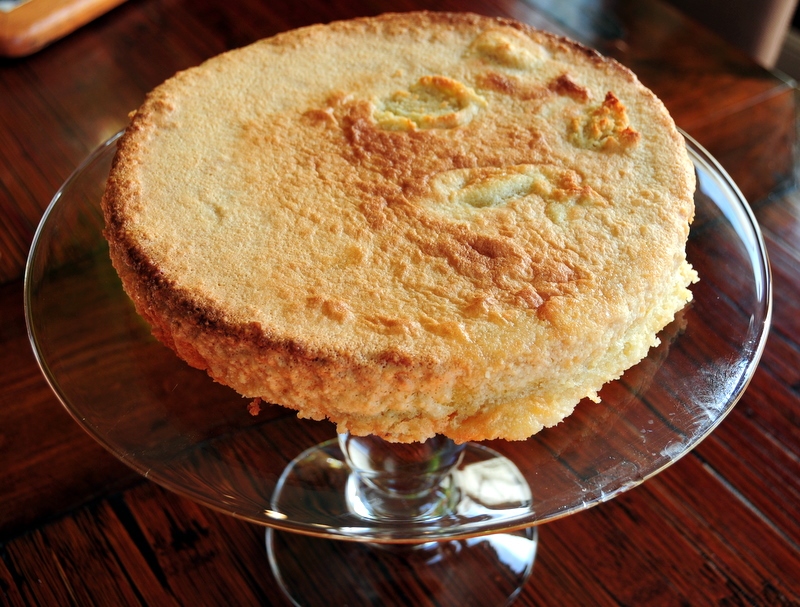
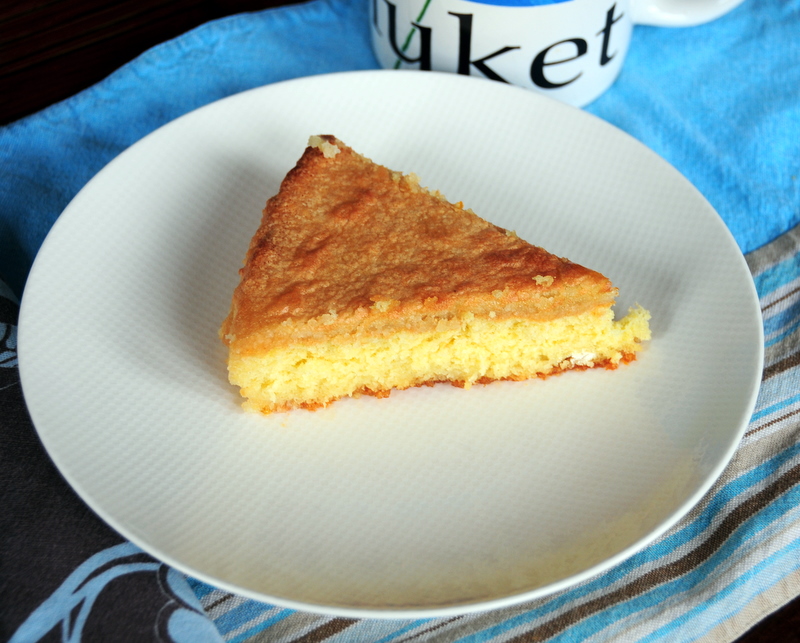
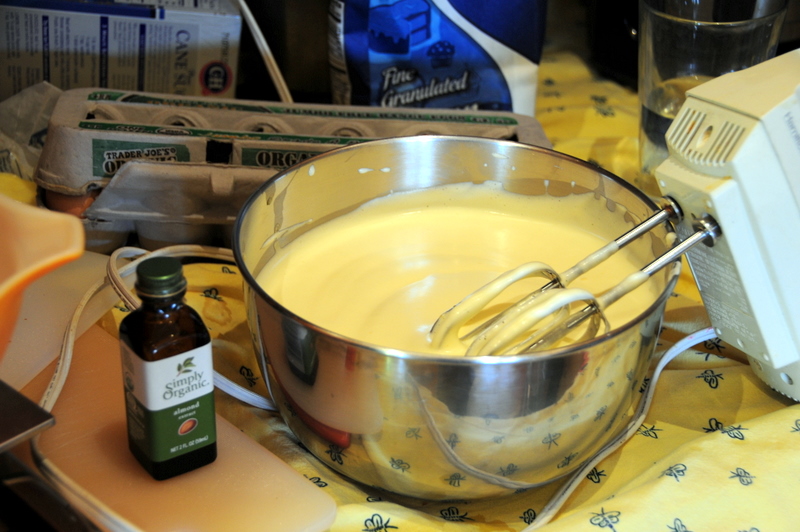
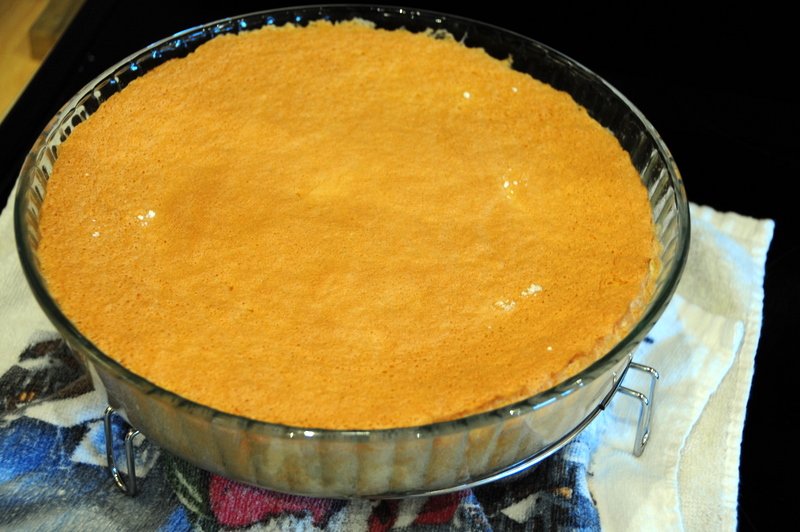
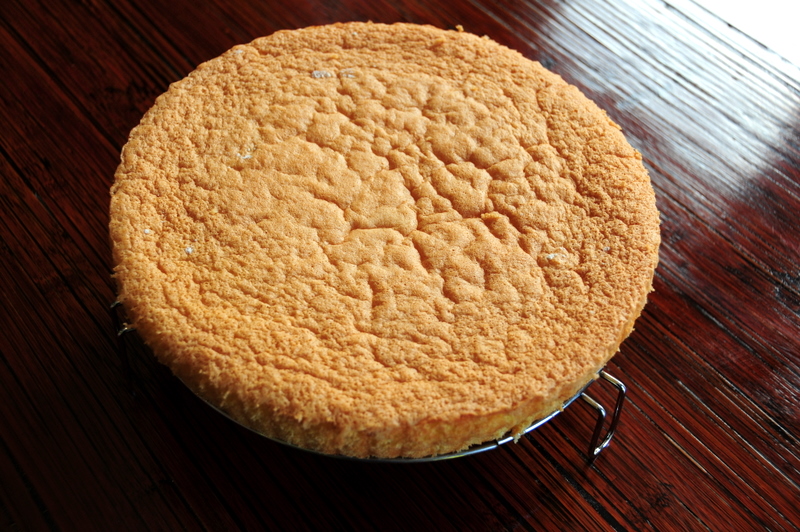
Comments on this entry are closed.
Sound like a lovely book, I’ll have to keep my eyes open for it here in the UK. The torta looks spectacular.
*kisses* HH
Sounds and looks wonderful!
Lovely looking cake! And I’ve added the book to my Amazon wish list. Sounds like a good one!
This is absolutely spectacular H and crumby and yes indeed a bite of paradise. Wonderful in every way – don’t you just love old world cakes too?? 🙂
chow! Devaki @ weavethousandflavors